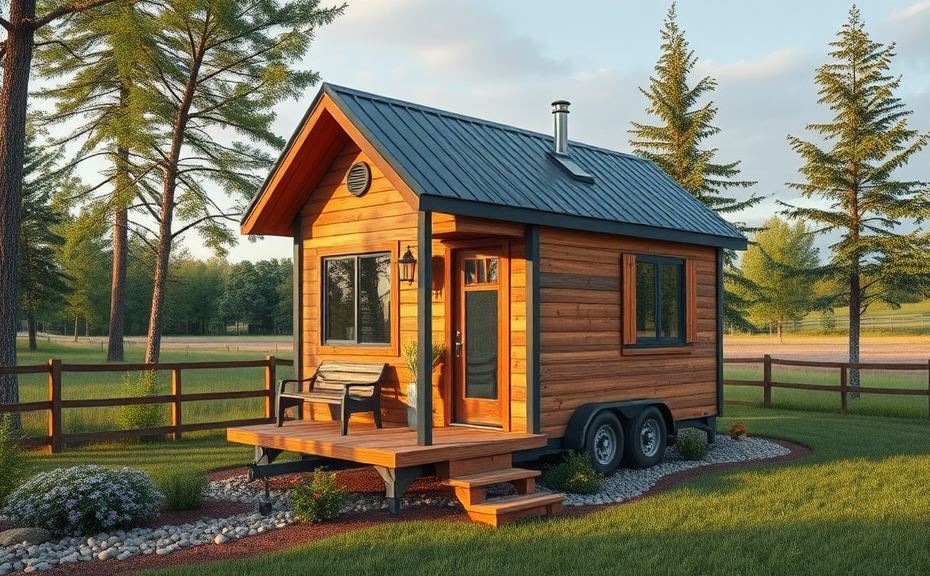Tiny homes have gained popularity as affordable and sustainable housing solutions, but potential owners often wonder: what are the rules regarding where you can put tiny homes? Understanding local zoning laws and regulations is crucial before making a purchase.
Each city or county typically has its own zoning regulations that dictate where tiny homes can be placed. Many areas classify tiny homes as either single-family residences or accessory dwelling units (ADUs). It’s essential to check the specific zoning requirements in your location to ensure compliance before proceeding.
Here are some important considerations regarding placement:
- Zoning Designations: Check if your property is zoned for residential use. Some areas allow tiny homes on permanent foundations, while others may permit only temporary or movable structures.
- Setback Requirements: Local regulations often dictate how far your tiny home must be from property lines, roads, and other structures. Be mindful of these setbacks to avoid fines.
- Building Codes: Tiny homes need to comply with local building codes, which can vary widely. This may include regulations regarding plumbing, electrical work, and structural integrity.
- Community Regulations: Some communities have specific guidelines regarding aesthetics and architectural styles. Consult your local homeowners association (HOA) if applicable.
Additionally, it’s advisable to explore options for tiny home communities or parks, as these often have established rules that cater to tiny dwellings. Many of these communities have embraced the tiny home movement and offer amenities and support for residents.
Before setting your heart on a tiny home, thorough research into local laws will help ensure a smooth transition into this innovative lifestyle. Failing to adhere to the regulations can lead to significant challenges, including fines or forced relocation.
